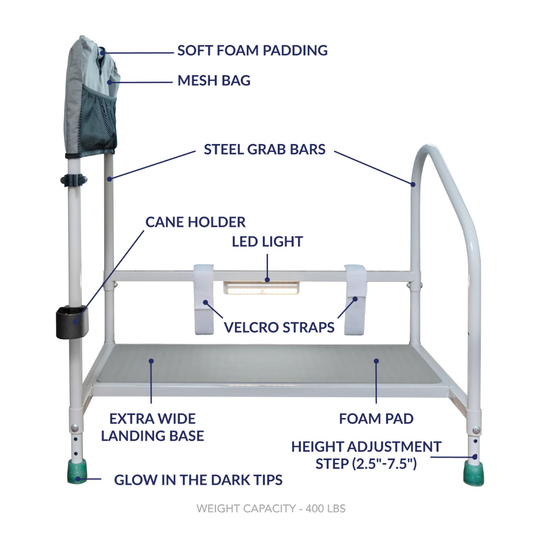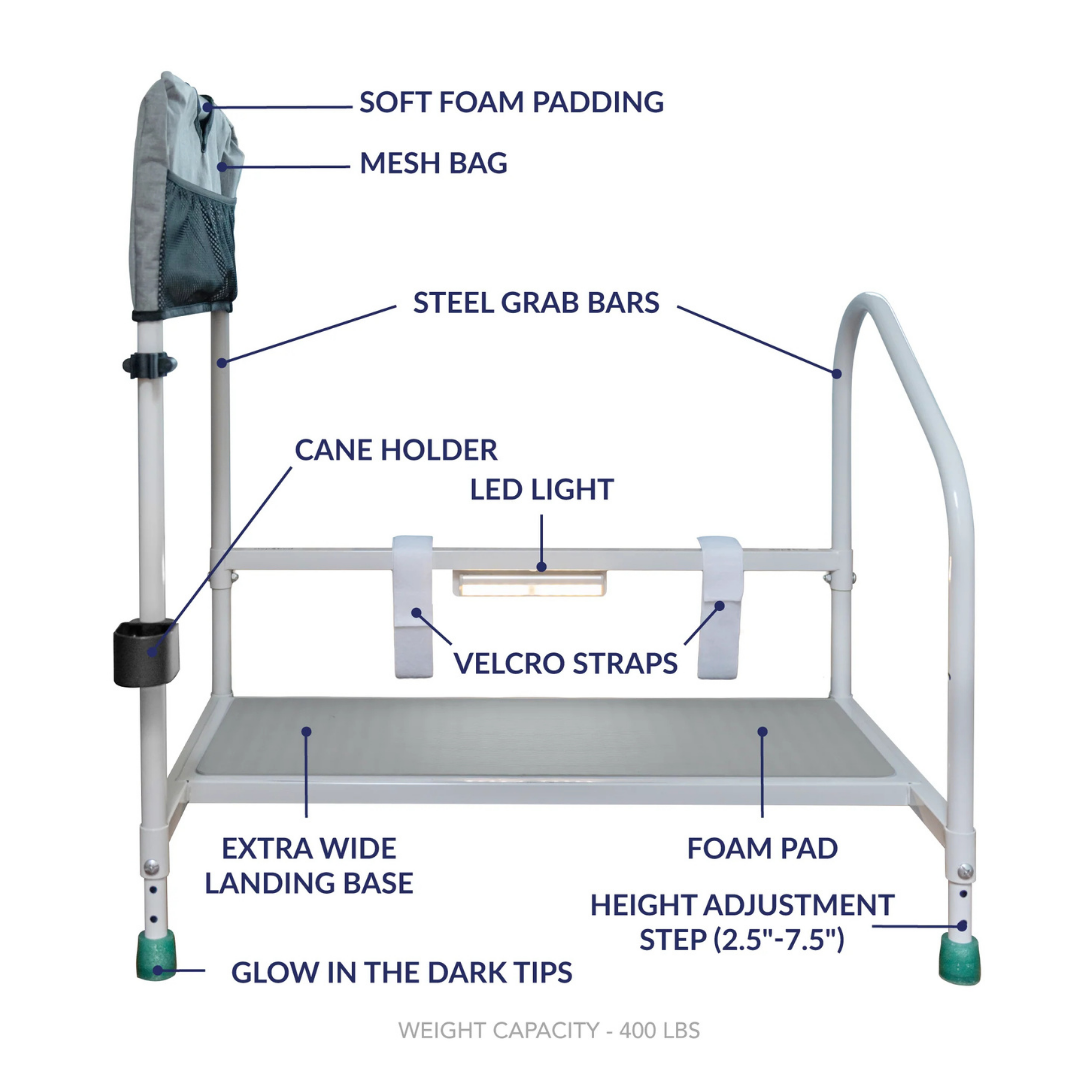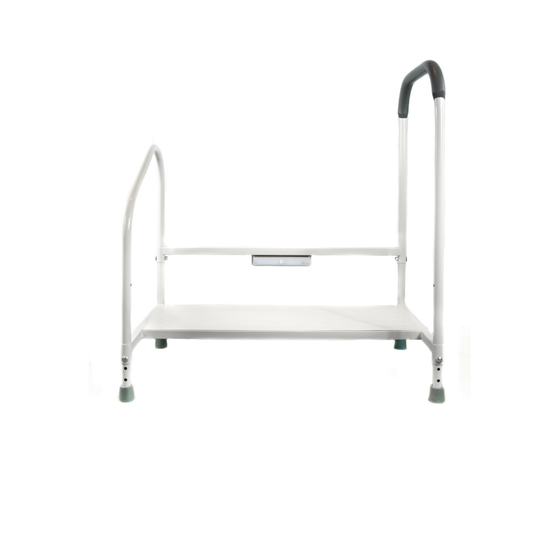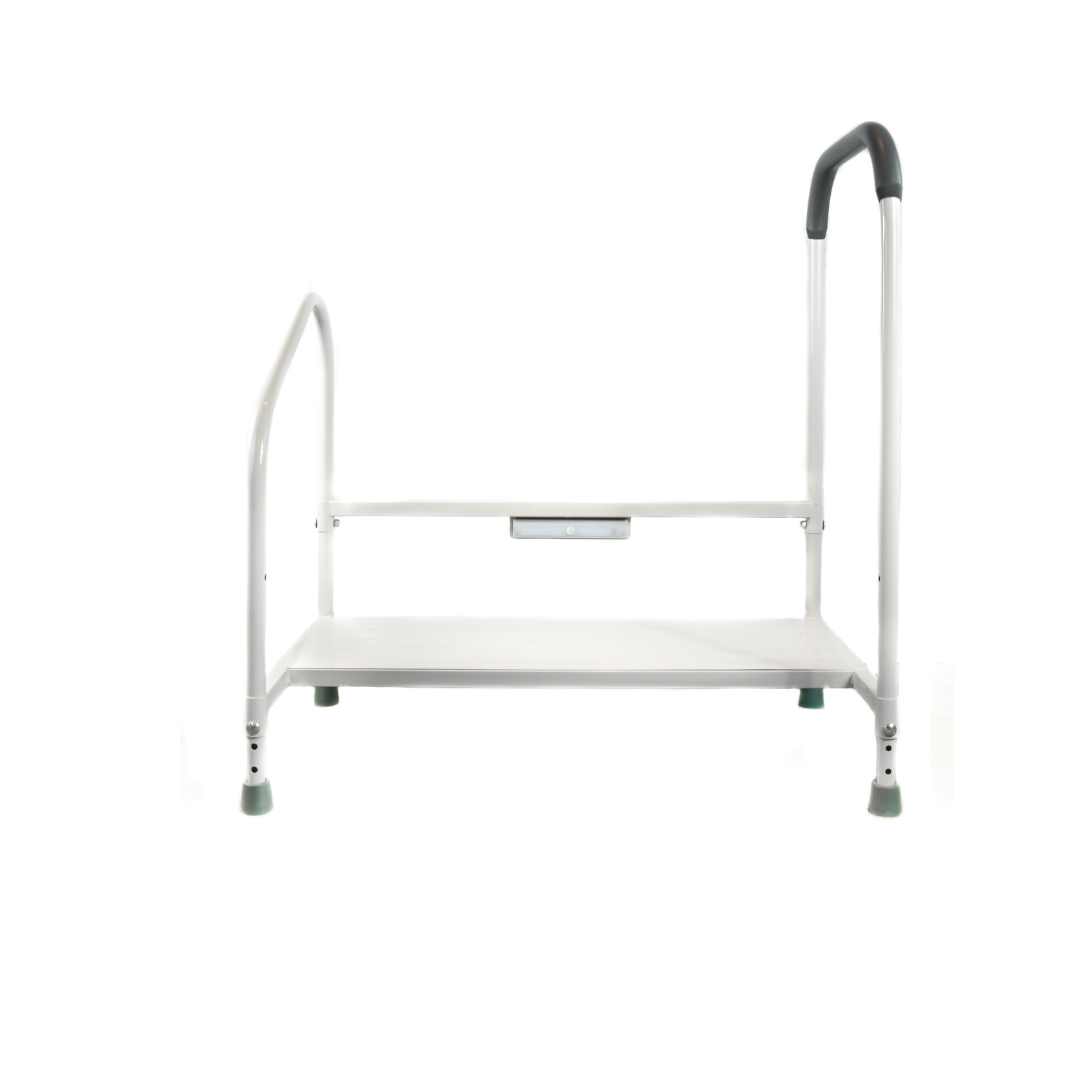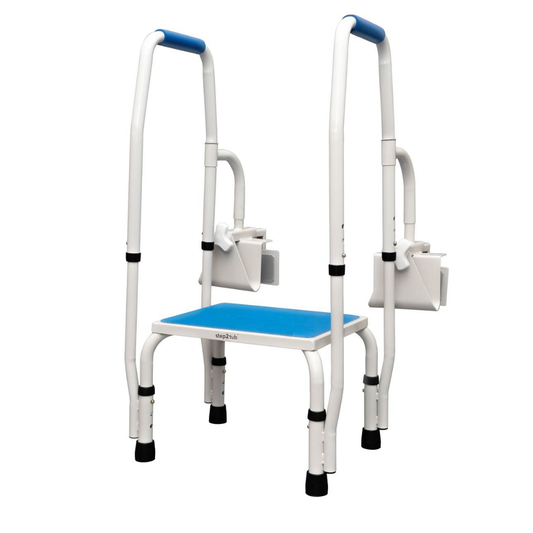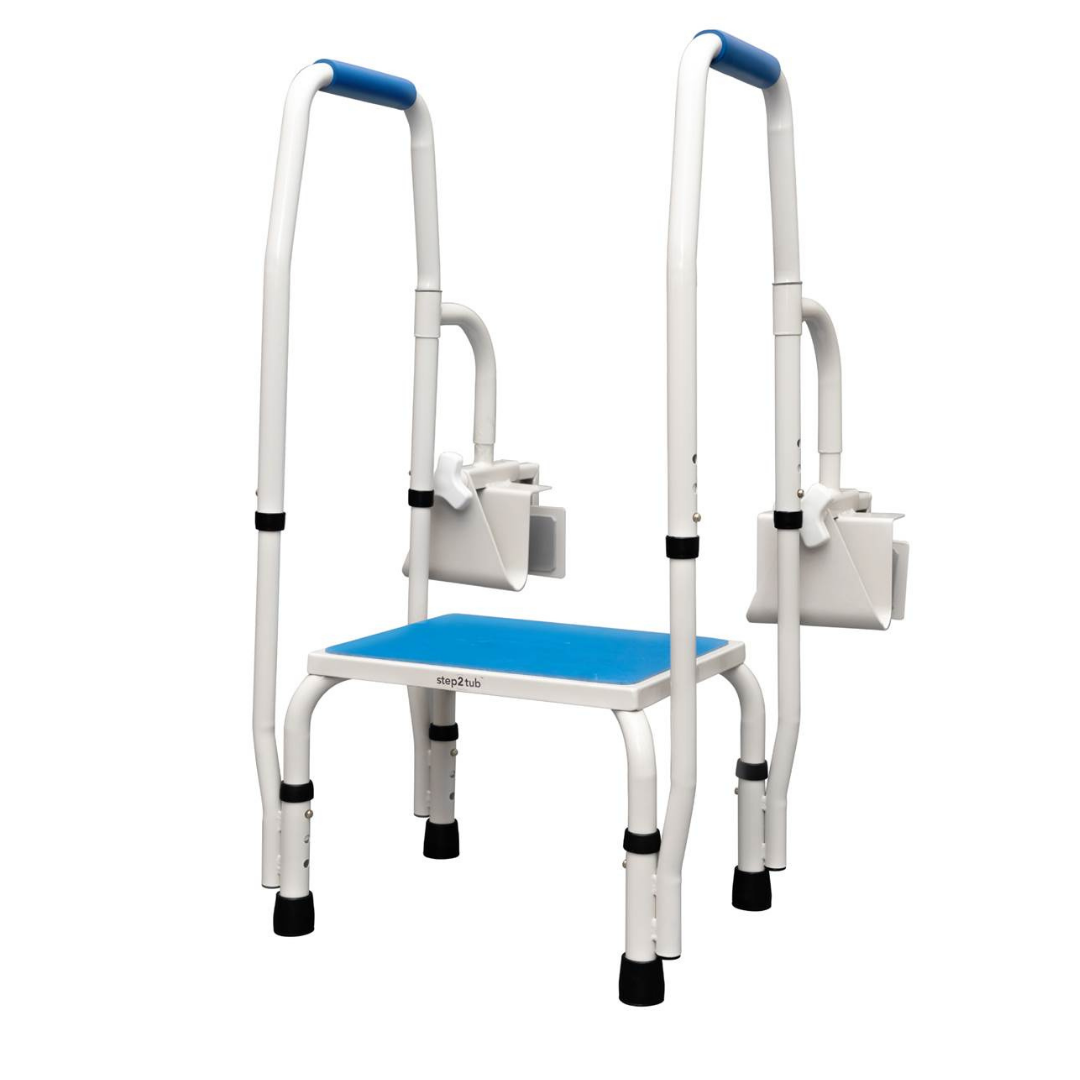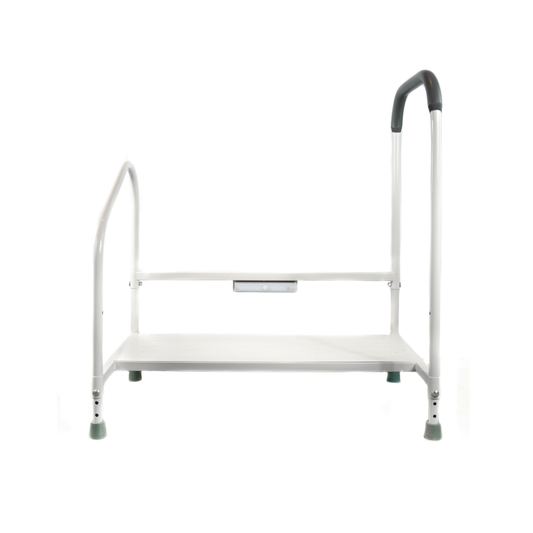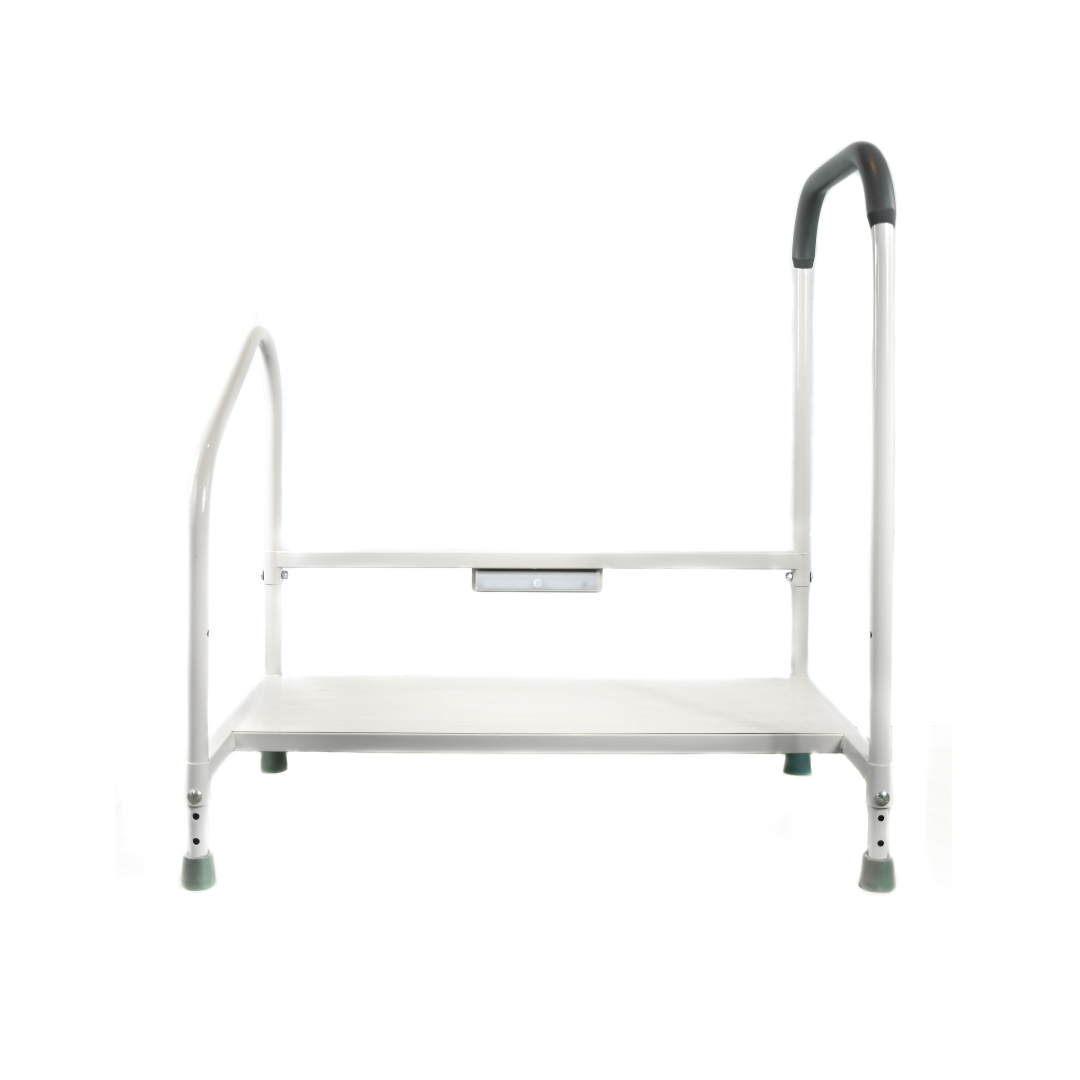Balancing Lung Health and Skin Safety: A Guide for Caregivers
Introduction: The Dual Challenge of Respiratory Support and Pressure Injury Prevention
In healthcare settings, especially when caring for patients with limited mobility, finding the right balance between respiratory support and skin protection is essential. Individuals with compromised lung function often require head-of-bed elevation for proper breathing. However, maintaining this position over time can increase the risk of pressure injuries—especially in sensitive areas like the sacrum and heels. Achieving a safe and effective care routine means supporting lung function without compromising skin integrity.
The Link Between Respiratory Support and Skin Breakdown
Conditions such as pneumonia, COPD, or post-viral recovery may require elevated positioning to aid breathing and reduce aspiration risk. Yet, keeping the head of the bed elevated beyond 30 degrees for long periods increases downward pressure on the lower back and tailbone. This can lead to the development of pressure injuries, especially when combined with limited movement or fragile skin.
Caregivers must carefully balance both priorities—ensuring patients breathe easier while avoiding pressure-related skin damage.

Best Practices to Support Respiratory Health
Helping patients maintain lung function starts with positioning and activity that promotes clear airways. Recommended techniques include:
-
Head-of-Bed Elevation (30–45 Degrees): Supports lung expansion and reduces aspiration risk.
-
Frequent Repositioning: Helps prevent prolonged pressure and promotes circulation.
-
Use of Pressure-Relieving Surfaces: Airflow or dynamic mattresses help reduce pressure while maintaining elevation.
-
Encouraging Deep Breathing: Simple breathing exercises or incentive spirometry can enhance respiratory performance in mobile patients.
Strategies for Preventing Pressure Injuries During Elevation
Pressure injury prevention is just as important as respiratory care. Use these approaches to reduce skin breakdown risk:
-
Scheduled Repositioning: Turn or shift the patient at least every two hours to relieve pressure points.
-
Sacral and Heel Protection: Use heel offloading boots and pressure redistribution pads or cushions.
-
Microshifting: Make small, frequent position adjustments without fully changing the patient’s orientation.
-
Routine Skin Checks: Monitor high-risk areas regularly for redness, blanching, or early signs of injury.
Innovative Tools That Support Both Respiratory and Skin Needs
Modern medical equipment makes it easier to meet both goals without compromise. Consider:
-
Multi-Position Adjustable Beds: Combine head and knee elevation with pressure-reducing surfaces.
-
Fluidized Air Beds: Offer superior pressure relief while maintaining comfort in semi-upright positions.
-
Turn Assist Systems: Help caregivers safely reposition patients without losing head elevation or risking injury.

Training Caregivers for Better Patient Outcomes
Education and teamwork are vital for delivering quality care. Caregivers should be trained to:
-
Spot Respiratory and Skin Warning Signs: Recognize distress or early skin changes before complications occur.
-
Use Smart Monitoring Tools: Pressure mapping systems and bed-position sensors can help guide decisions.
-
Collaborate Across Disciplines: Teaming up with respiratory therapists, wound care specialists, and nursing staff ensures complete and coordinated care.
Conclusion: Prioritizing Safety and Comfort Together
Optimizing patient outcomes means caregivers must manage both respiratory health and pressure injury prevention with equal care. By combining thoughtful repositioning, effective support surfaces, and continued caregiver education, it’s possible to maintain both lung function and skin safety.


